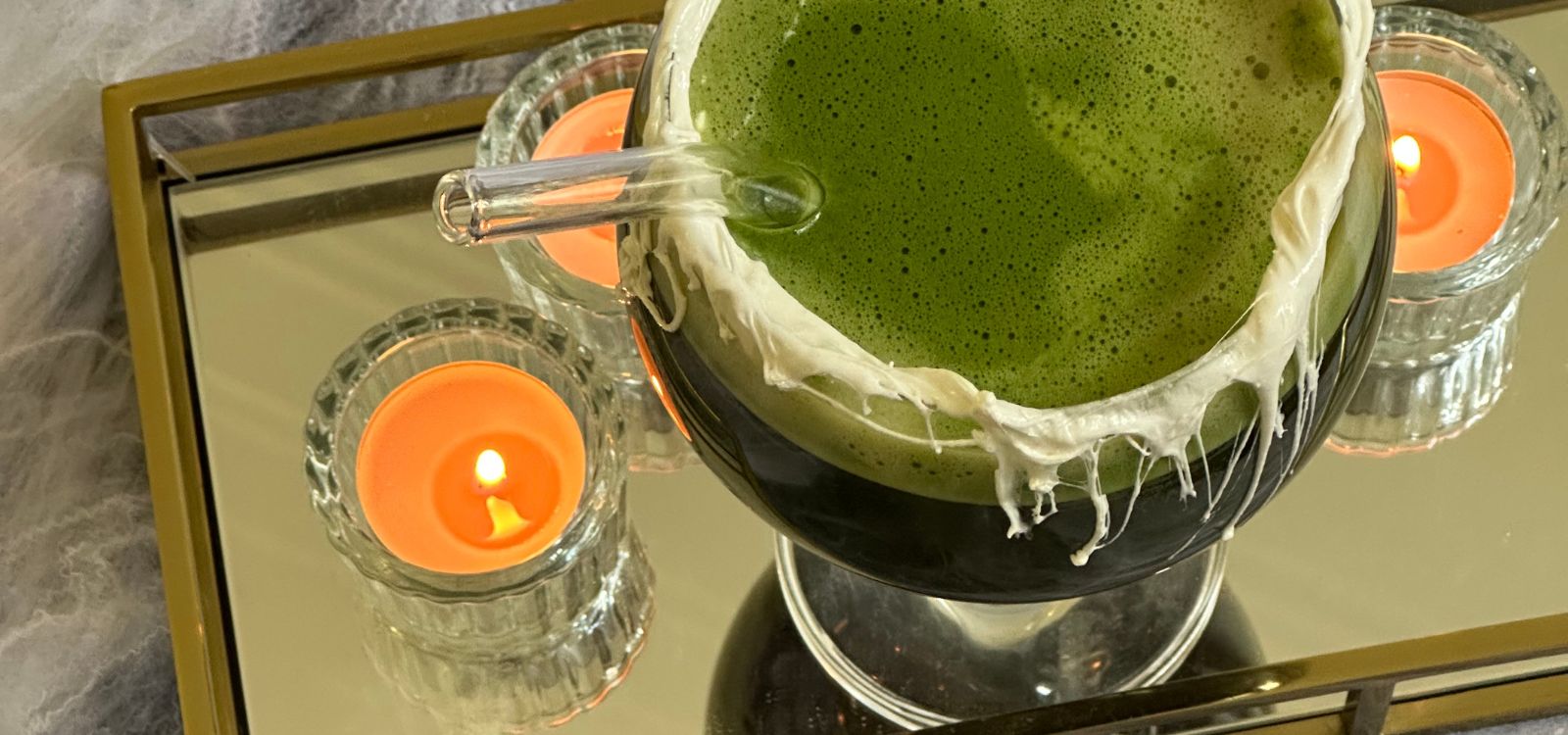Table of contents:
- Cultivation of tea leaves
- Harvesting the Tencha tea leaves
- Processing and quality control
- Grinding in stone mills
- Bottling and shipping
Matcha Production – From Tea Leaf to Matcha
Matcha production is a complex process that guarantees the highest quality. From harvesting the Tencha tea leaves to traditional processing in stone mills - every step contributes to perfection. Find out how the finest Matcha quality is created from tea leaves.
cultivation of tea leaves
Matcha production begins in the Tencha tea fields in Kagoshima Prefecture, Japan. Tencha also means heavenly tea in English. The tea can generally be harvested four times a year. The first harvest in May is the best, as the plant has the most ingredients after the winter. To optimally prepare the tea leaves, the tea farmers cover the fields with opaque nets for up to two weeks before harvest. This process promotes the formation of chlorophyll and amino acids, which gives the tea leaves their deep green color and characteristic flavor. This preparation is essential to ensure premium Matcha quality and guarantee the unique taste.

Harvesting the Tencha tea leaves
Matcha is harvested in two ways: by hand or by machine . When harvesting by hand, the tea farmers pick the Tencha tea leaves manually, a precise job that ensures the highest Matcha quality. For cooking qualities, a harvesting machine is also used. Both methods maintain the quality of the Matcha and ensure that the tea leaves are harvested optimally.

processing and quality control
After the harvest, the actual processing of the tea leaves begins. The leaves are thoroughly washed, steamed and dried before the leaf veins and stems are removed. What remains is the pure leaf flesh, the essence of premium Matcha. To ensure the high quality of the Matcha, strict quality checks are carried out and the tencha is tasted. It is then the job of the tea taster, such as KISSA founder Thomas Grömer , to turn the various daily Matcha harvests into a tasty Matcha. At KISSA, we offer different Matchas with different characteristics and tastes.

grinding in stone mills
A crucial step in traditional Matcha production is grinding the tea leaves in granite stone mills . These mills are made by Japanese stonemasons and ensure that the delicate Tencha tea leaves are gently ground into fine Matcha powder . The slow, gentle grinding process does not damage the leaf flesh. The stone mill needs an hour to produce a 30 g KISSA Matcha tin - a sign of the utmost care and Matcha quality. This method preserves the fine texture and unmistakable taste of the premium Matcha.

bottling and shipping
The last step in Matcha production also takes place in Japan, where the Matcha is filled into airtight cans or bags . This step is crucial to maintaining the freshness and quality of the Matcha. After bottling, the Matcha is transported to Germany , where it is labeled and finally delivered directly to stores or to your home. This way we ensure that the Matcha always arrives fresh and in the best quality.

Discover the premium Matcha products from KISSA Tea now and enjoy the highest Matcha quality!




Share: